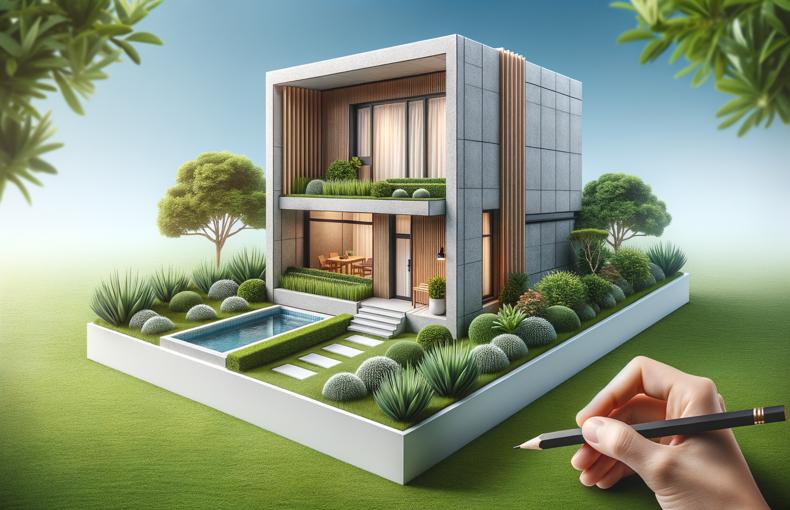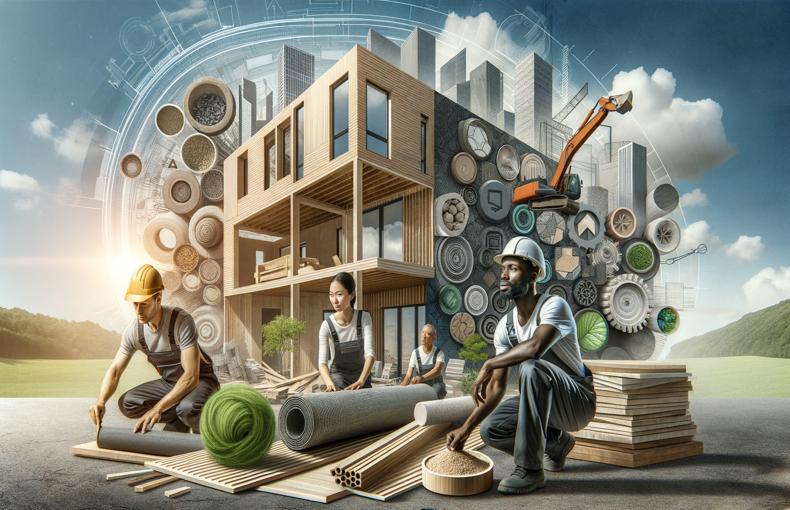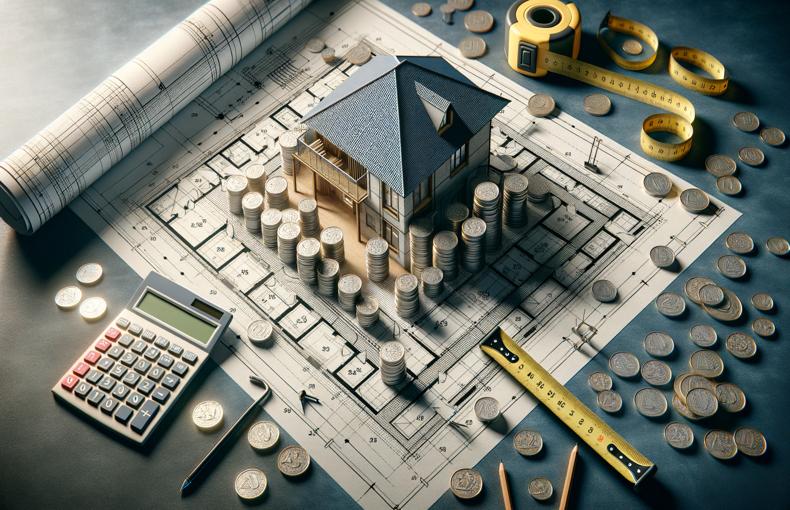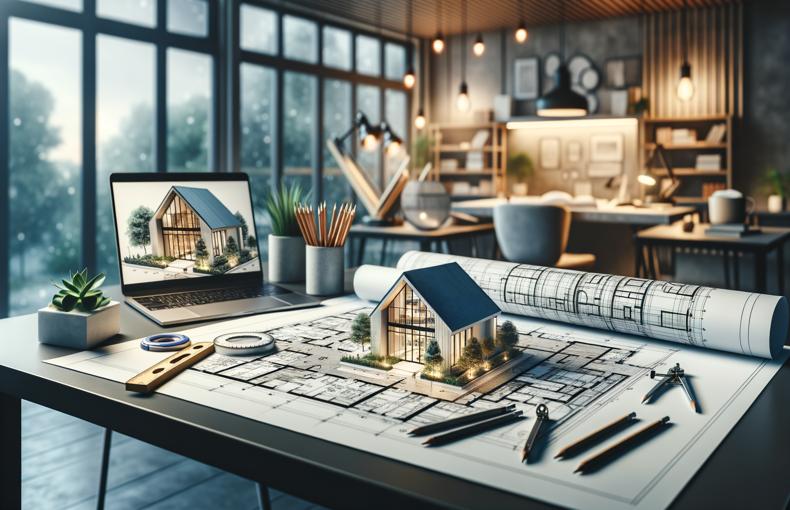How Innovative and Aesthetically Pleasing Materials Play a Critical Role in Affordable Housing
Affordable housing has long been a topic of concern for communities, policymakers, and builders alike. As the demand for affordable living spaces continues to grow, so does the need for innovative solutions that can meet the challenge. One of the most impactful approaches to addressing this need is through the use of innovative and aesthetically pleasing materials. These materials not only help to lower construction costs but also ensure that affordable housing projects are attractive and comfortable for residents.
Understanding the Role of Materials in Affordable Housing
The choice of materials in construction significantly influences the cost, durability, and overall appeal of a housing project. Traditional building materials like brick, concrete, and wood have their advantages, but they can be expensive and may not always offer the best solutions for cost-effective construction. To create affordable housing that doesn’t sacrifice quality or aesthetics, builders are increasingly turning to alternative materials that are both innovative and visually appealing.
1. Sustainable Materials
Sustainability is a key consideration in modern construction, especially in affordable housing. Sustainable materials are not only environmentally friendly but also cost-effective in the long run. For example:
- Recycled Materials: Using recycled materials such as reclaimed wood, recycled steel, and repurposed bricks can reduce construction costs while minimizing environmental impact.
- Bamboo: Known for its rapid growth and strength, bamboo is an excellent sustainable alternative to traditional wood. It's also aesthetically pleasing, adding a natural warmth to interiors and exteriors alike.
- Rammed Earth: This ancient building material is making a comeback due to its sustainability and thermal mass properties, which can help reduce heating and cooling costs.
2. Composite Materials
Composite materials, made from two or more constituent materials with different properties, are gaining popularity in affordable housing due to their versatility and cost-effectiveness.
- Fiber Cement: Combining cement with cellulose fibers, fiber cement is a durable and low-maintenance material that can be used for siding and roofing. It’s also available in various textures and finishes, allowing for creative and aesthetically pleasing designs.
- Engineered Wood: Unlike traditional wood, engineered wood is made by binding wood fibers or veneers with adhesives. This results in a strong, stable, and more affordable alternative to solid wood. Engineered wood is commonly used for flooring, cabinetry, and even structural components.
3. Innovative Concrete Alternatives
Concrete is a staple in construction, but it comes with a high environmental cost. Fortunately, innovative alternatives are emerging that offer similar benefits with reduced environmental impact and costs.
- Hempcrete: Made from the woody core of the hemp plant mixed with lime, hempcrete is a lightweight, insulating material that is carbon-negative and highly sustainable. It also has excellent thermal properties, which can lead to energy savings.
- Geopolymer Concrete: This alternative to traditional Portland cement concrete uses industrial by-products such as fly ash or slag, significantly reducing the carbon footprint. Geopolymer concrete is also highly durable and resistant to chemicals, making it a long-lasting choice for affordable housing.
External Link: Innovative Concrete Alternatives
4. Aesthetic Appeal without the High Cost
Affordable housing doesn’t have to be dull or unattractive. With the right materials, it’s possible to create visually appealing homes that residents can take pride in.
- Decorative Concrete: Stamped or stained concrete can mimic the appearance of more expensive materials like stone or tile, offering an affordable yet aesthetically pleasing option for flooring, driveways, and patios.
- Vinyl Siding: Modern vinyl siding is available in a wide range of colors and textures, allowing for customization that enhances the curb appeal of affordable housing projects without breaking the bank.
External Link: Enhancing Aesthetics with Affordable Materials
The Future of Affordable Housing: Combining Innovation and Aesthetics
As we look to the future of affordable housing, the integration of innovative and aesthetically pleasing materials will be crucial in creating homes that are not only affordable but also sustainable, durable, and beautiful. By embracing these materials, builders and designers can contribute to the development of communities that offer high-quality living environments for all residents, regardless of their income level.
Moreover, the adoption of these materials aligns with broader goals of reducing environmental impact and promoting sustainable development. As these materials become more widely available and cost-effective, they will likely play an even greater role in shaping the future of affordable housing.
Conclusion
Innovative and aesthetically pleasing materials are redefining what is possible in affordable housing. By leveraging sustainable, composite, and alternative materials, builders can create homes that are not only affordable but also visually appealing and environmentally responsible. These materials offer a path forward for addressing the global housing crisis while ensuring that all individuals have access to quality, comfortable living spaces.
For those involved in the planning, design, or construction of affordable housing, exploring these materials can lead to cost savings, enhanced durability, and greater satisfaction among residents. The future of affordable housing is bright, thanks to the creative and innovative use of materials that make a significant difference from blueprint to reality.
External Resources:











